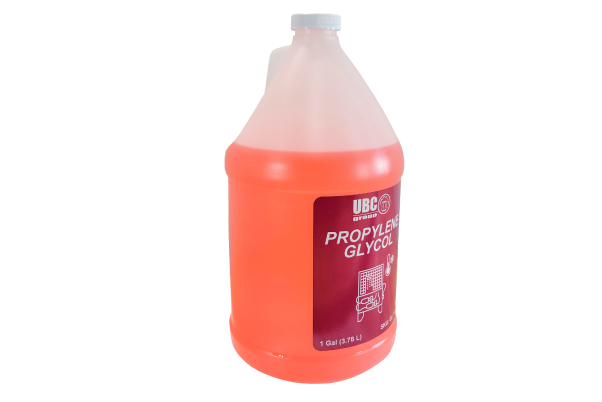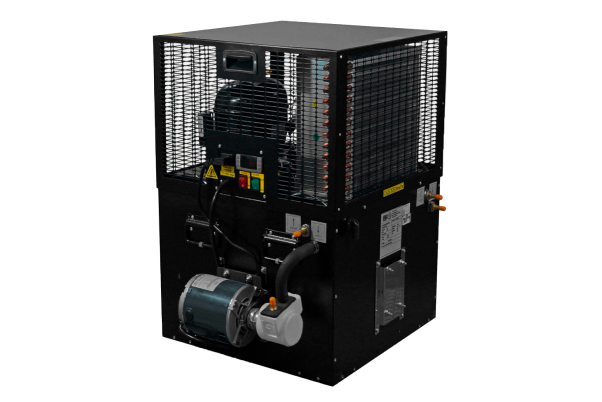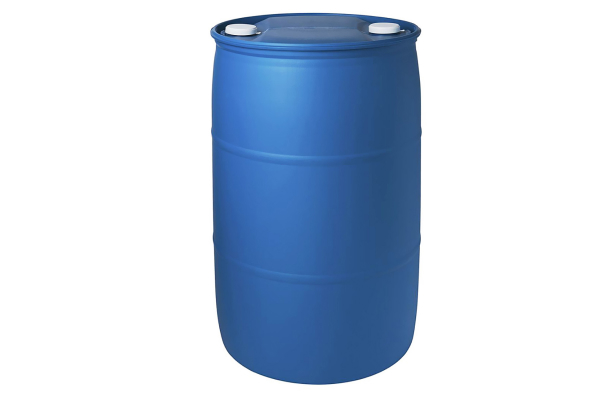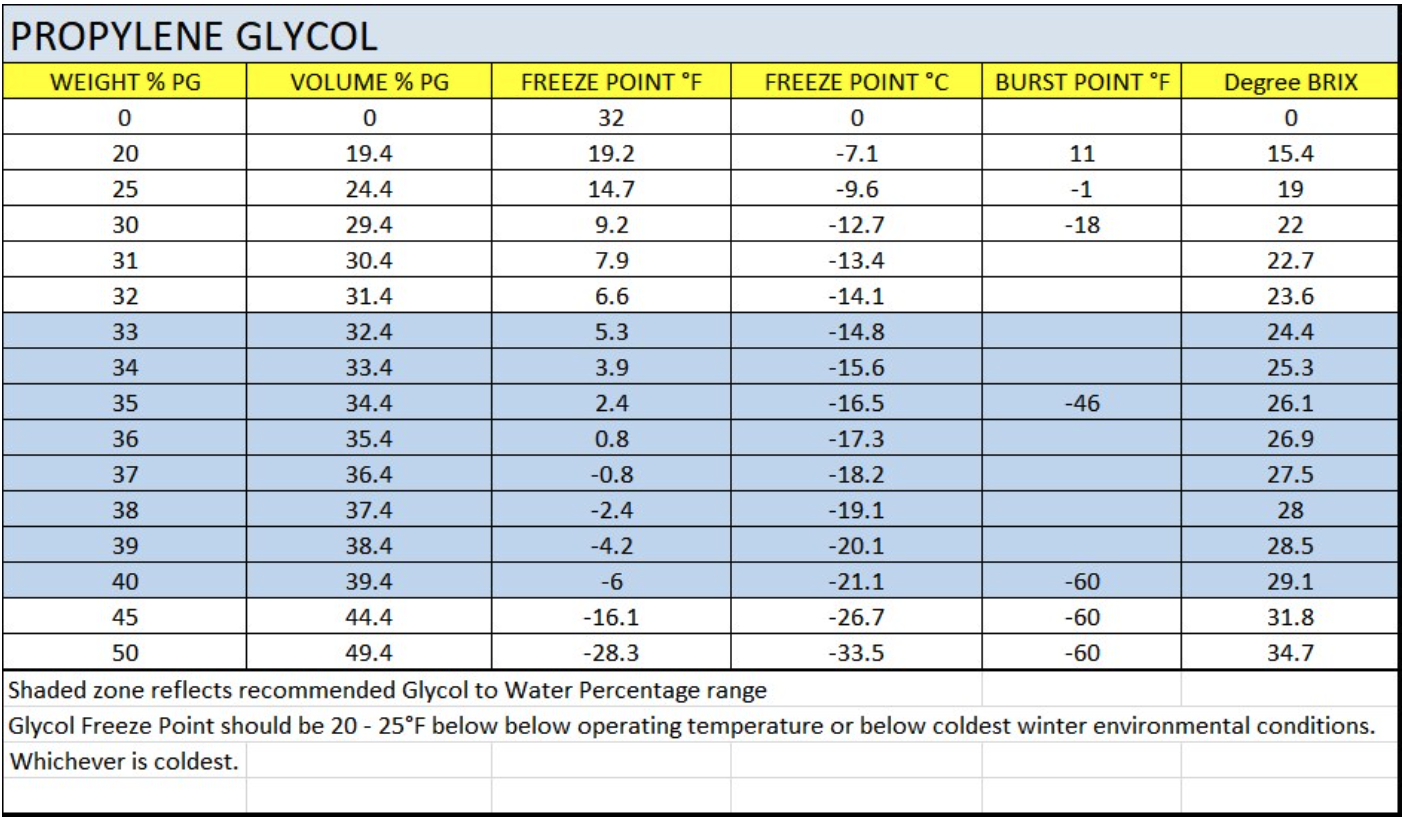Food Grade Propylene Glycol: a Guide for Breweries
Posted by Ron on 18th May 2023
The importance of propylene glycol for brewing is not to be underestimated. Without this liquid, brewing and serving fresh, cold beer would simply be impossible. Here in this article, we’ll talk all about glycol and try to answer some of the frequently asked questions like “What is glycol?” and “What is glycol used for?”.
What Is Propylene Glycol Used for in Food?
As you may already know, propylene glycol is a synthetic organic compound that is commonly used in the food and beverage industry. So, what is propylene glycol used for in food? Here are some of the most common propylene glycol uses in food:
- Humectant
- Solvent
- Preservative
- Antifreeze
It is also used as a carrier for flavors and colors in food and beverage products. According to the FDA classification, propylene glycol is GRAS (generally recognized as safe), which explains its wide use in the food industry.
Is Propylene Glycol Alcohol?
Does propylene glycol contain alcohol? Well, chemically speaking, it does since it belongs to the same chemical group as alcohol, consisting of the following elements:
- 1,2-propanediol
- 1,2-dihydroxy propane
- Methyl ethyl glycol
- Trimethyl glycol
However, this is not something to be worried about since propylene glycol is completely food safe.
How Is Glycol Used in Brewing?
When it comes to beer brewing, food-grade propylene glycol is used as a coolant and an antifreeze agent in a glycol cooling system that is used to maintain the temperature of the beer during fermentation and storage.
As we’ve already mentioned in the previous paragraph, the use of propylene glycol for cooling in beer brewing is regulated by the U.S. Food and Drug Administration (FDA). FDA has established a maximum allowable limit of 5% propylene glycol in alcoholic beverages, which is well below the levels typically used in brewing.

So, how exactly does glycol work in the brewing process? In most cases, it is circulated through a cooling system that’s attached to fermentation and conditioning tanks. Glycol cools the beer by absorbing heat from the tanks and then transferring it to the chiller unit.
This helps to maintain a consistent temperature throughout the whole brewing process, which is crucial to producing high-quality beer. Cooling glycol is also used in the production of beer kegs to keep the beer at a consistent temperature during storage and transportation.
Propylene Glycol for Chiller
Propylene glycol for a chiller is commonly used as a heat transfer fluid. It has a lower freezing point than water, which makes it ideal for use in cold environments. At the same time, glycol has a high boiling point, which allows it to operate at higher temperatures without evaporating.
Therefore, glycol for chiller systems acts as a cooling agent whose role is to ensure that the beer is continuously refrigerated and doesn’t get warm as it travels from a keg in the walk-in cooler to the draft beer tower through a beer line.

So, how exactly does it work? Inside a glycol chiller, there’s a reservoir of glycol that gets pumped through the glycol line (or lines) placed together with the beer line inside a trunk line. This way, the beer lines come in contact with the cold glycol lines all the way from the keg to the draft beer tower. As a result, beer never gets warm and arrives foam-free at the point where it’s dispensed.
Even though glycol used in chilled water systems is non-toxic and non-corrosive, it is important to note that it has a lower heat transfer coefficient than water, which means that it may not be as efficient at transferring heat.
Glycol Temperature
The pure propylene glycol freezing point is -59 °C (-74.2 °F). You can change this temperature by mixing glycol with water, which is often the case. For most applications, the ideal propylene glycol to water ratio would be around 35%.
Glycol Concentration
The one thing that you have to keep in mind is that the temperature of the refrigerant is typically 10-15 °F below the temperature of the glycol solution. Therefore, you must know what your chiller set point is to determine the glycol freeze level (the recommended freezing level of a glycol/water solution is 20-25 °F).
What Type of Propylene Glycol Should You Use?
When it comes to food and beverages, the official recommendation is to use only USP-grade propylene glycol. USP stands for United States Pharmacopeia, and this is an official standard for medicines, supplements, and health care products in the United States. The USP-grade rating on a glycol bottle is a clear sign that this is a high-quality product that’s been approved for all food and beverage applications.
What Type of Propylene Glycol Should You Avoid Using?
Along with the USP-grade propylene glycol, there are some alternative solutions, which are typically cheaper and low-quality. For example, RV antifreeze isn’t suitable for a recirculation system, as it might cause damage to your equipment, due to breaking down quickly.
What Percentage of Propylene Glycol Does Your System Require?
One of the most popular mistakes made by some brewers is the assumption that their chiller temperature is 27 °F. In reality, the freeze point has to be below 27 °F, which means the refrigerant temperature should be 10-15 °F below the glycol solution temperature. Breweries typically use a 35% glycol / 65% water solution. E.g., if the chiller set point is 27 °F, the glycol freeze level is 7-2 °F.
How Much Propylene Glycol Do You Need for Your System?
The method to determine the optimal amount of glycol in your system is rather simple: Calculate your total system volume Add the approximate volume of your total system piping, plus your tank jackets, and the reservoir size on your chiller system. The chiller system tank capacity can be obtained from the manufacturer and/or your plumber. The tank manufacturer can also help you out with piping and jacket volume estimates.

How to Determine Glycol Solution Percentage (Freeze Point) of an Existing System
The easiest way to do would be using a glycol refractometer to measure the solution. It will provide a reading in degrees Brix (°Bx). A 35% inhibited propylene glycol to 65% water solution amounts to (24.75 °Bx). If you don’t have a refractometer at hand, you can send the solution sample to the manufacturer, so they could test the freeze point/concentration of the solution. Takes a bit longer, but still works.

How Long Does Glycol Last?
Much like any other organic compound, propylene glycol does degrade over time. The standard shelf life for propylene glycol is 3 to 5 years, depending on the manufacturer.
However, when it comes to brewing and dispensing beer, we strongly recommend changing glycol in your system once a year, just to make sure nothing affects the taste of your beer. A lot depends on the glycol hose that you’re using as well – proper tubing is another important stability and safety factor.
Where to Buy Propylene Glycol
If you’re still asking yourself, "Where can I buy propylene glycol?”, look no further than Beverage Craft. We are a go-to place where to get propylene glycol gallon.
We offer propylene glycol for both compact chillers and brewery-grade applications, coming in a 50-gallon propylene glycol drum for sale.

